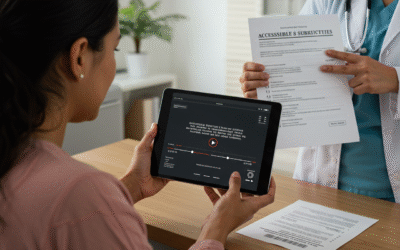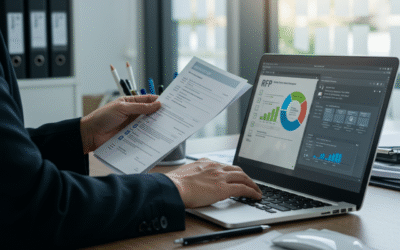Introduction
When working with clinical or health content, translation and privacy must go together. Protecting sensitive data is legally required and essential to maintain patient trust. This guide outlines practical steps to reduce privacy risks across the translation workflow.
Core data-protection principles
- Data minimization: share only what is strictly necessary for the translation task.
- Anonymization & pseudonymization: remove or substitute direct identifiers (names, IDs) before sharing files.
- Traceability: keep records of who accessed which files and when.
Contracts & agreements (DPA and more)
- Data Processing Agreement (DPA): mandatory with any vendor; defines responsibilities, subprocessors and technical measures.
- Key clauses: confidentiality, breach notification, audit rights and secure deletion.
- Legal review: involve counsel to adapt DPA to local regimes (HIPAA in the U.S., GDPR in the EU).
Technical & operational controls
- Access controls: role-based access, MFA and least-privilege principle.
- Secure transfer: SFTP, VPN or encrypted platforms; avoid unencrypted email.
- Encryption at rest & in transit: for stored files and during transmission.
- Isolated environments: use secure sandboxes for reviewing sensitive content.
- Logging & audit trails: immutable logs and regular reviews.
Governance & processes
- Data Protection Impact Assessment (DPIA): run DPIAs for high-risk projects.
- Subprocessor control: maintain an approved subprocessor list and onboarding checks.
- Training: educate translators and reviewers on handling sensitive data.
- Incident response plan: define steps, owners and notification timelines.
Useful KPIs to monitor
- % of projects with signed DPA.
- Avg days to secure deletion after project close.
- Number of unauthorized access events detected.
- % of staff trained in data privacy.
Conclusion
Combining contractual, technical and operational controls makes translation workflows secure and compliant. At SumaLatam we implement DPAs, secure environments and DPIAs to protect your sensitive data. Contact us for a privacy audit of your linguistic workflows.





